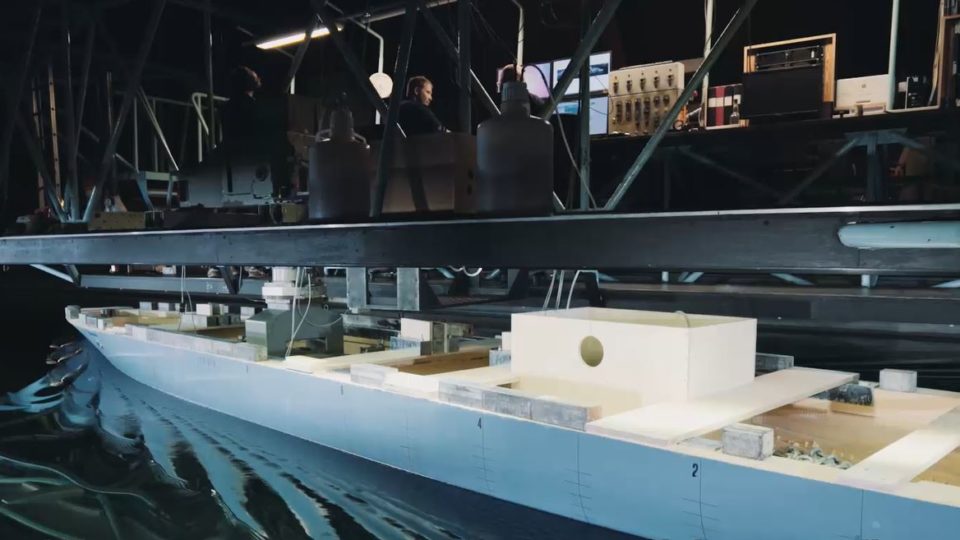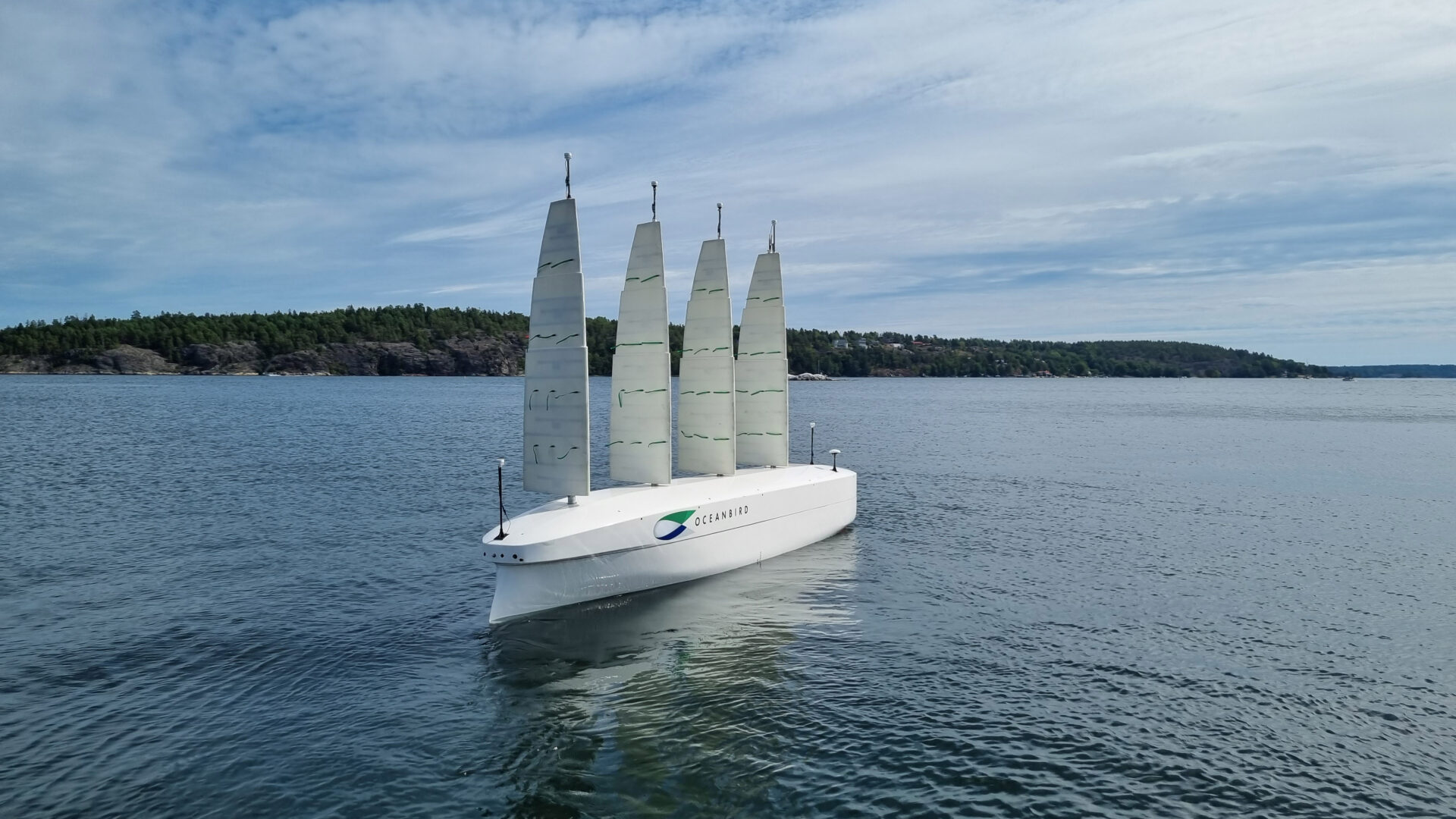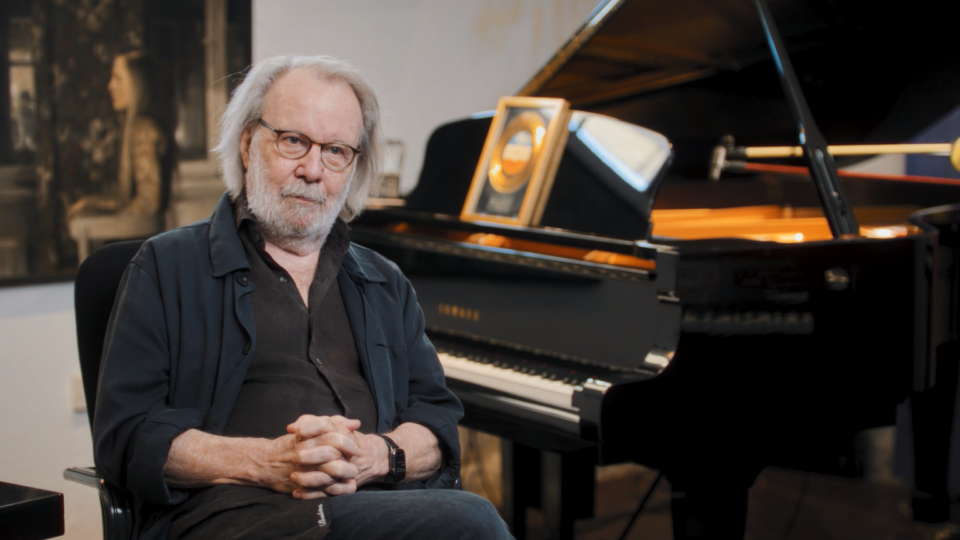After three years of model sailing, wind tunnel tests, laser measurements, data simulations and more, the research project behind the Oceanbird concept has ended. But collaboration continues in new forms.
“We have created a lasting competence cluster, setting Sweden up as one of the key players in what we like to call a shipping revolution. The journey has just begun!” says Mikael Razola, Technical Director at Oceanbird.
To speed up the development of a concept for wind-powered cargo vessels, Wallenius Marine initiated a partnership with experts from the public and private sectors and academia. Wallenius Marine, KTH Royal Institute of Technology and SSPA, applied for grant at Swedish Transport Administration (Trafikverket), which in total allocated SEK 32 million (27 plus additional 5) for a three-year development project starting 2019 and ending in 2022. The set up was:
- Wallenius Marine as project coordinator, contributing with ship design and logistics expertise.
- KTH addressed challenges within aerodynamics, sailing mechanics and performance analysis.
- SSPA focused on development and validation of new testing methods, aerodynamic and hydrodynamic simulation methods, logistic analysis and risk simulation.
Research led to a new company
Looking back at the three years, you could definitely say that the cluster succeeded in their ambitions. After extensive data simulations combined with physical tests, the group presented the Oceanbird concept in September 2020. The concept showed that it was possible to achieve a 90% reduction of emissions with a specially designed hull, a full set of wing sails and speed/route recommendations. Based on this knowledge, Wallenius decided to form a company together with Alfa Laval to develop the wing sails, and that company was named Oceanbird after the concept.
Conclusions
At the end of 2022, the team in the research project summarized their conclusions as the project ended.
What are your key takeaways from the research project?

Mikael Razola, former project leader for the research project at Wallenius Marine and now Technical Director at Oceanbird:
“Paving the way for sailing cargo vessels once again is a true challenge, and it has become evident during this project that this can only be achieved through large scale collaboration. We have been able to address a very wide scope of problems, ranging from state-of-the-art method developments in several engineering disciplines, to addressing the transport system challenges on a higher strategic level.”

Sofia Werner, Lead Researcher Wind-Powered Ships at SSPA/RISE:
“The project showed that cargo vessels primary powered by wind are absolutely technically possible. The work also made it clear that when it comes to design and performance assessments, we face new challenges compared to conventional ship design and we must build up new tools and experience. And we have just started that journey.”
Jakob Kuttenkeuler, professor at KTH Royal Institute of Technology, Centre of Naval Architecture:

“I think that there are several key takeaways for KTH. One of the more important is the power of a correctly assembled core team. Thanks to that, the pace has been tremendous, and we have also supported each other in a terrific way.
Another takeaway is that this project is large and complex. To get this type of ship to deliver at its full potential, requires fine tuning of all its parts ranging from small technical details up to strategic decisions.”
What has it meant for your organization?
Mikael Razola, Wallenius Marine/Oceanbird:
“The research project has been crucial both for Wallenius Marine and now Oceanbird in building the fundamental knowledge required to realize sailing cargo ships once again. In fact, I believe that it has been one of the keystones moving the project as a whole forward and establishing the joint venture Oceanbird. It has also proven to attract new competences and people into the world of shipping, thereby enabling our organizations to further grow and diversify.”

Sofia Werner, SSPA/RISE:
“Thanks to the project we could build up both tools and a team. We have now a SSPA Wind Team with experts in different disciplines. It means that we can support not only Wallenius and Oceanbird but the global shipping industry to adopt wind propulsion.”

Jakob Kuttenkeuler, KTH Royal Institute of Technology:
“The project has given KTH the chance to really enter the scene of research related to commercial sailing. We now have a great momentum that we will build further upon. This is evident in our academic production but also in the student interest in the related technologies.”

How will the collaboration continue?
Mikael Razola, Wallenius Marine/Oceanbird:
“The collaboration continues stronger than ever both on the commercial side, but also establishing new research projects and areas. The fact that collaboration continues at a higher pace than ever, despite the research project ending, is a great testimony that we have created a lasting competence cluster, setting Sweden up as one of the key players in what we like to call a shipping revolution. The journey has just begun!”
Sofia Werner, SSPA/RISE:
“We are very excited to continue the cooperation with KTH, Wallenius and Oceanbird towards the launch of the first wind powered car-carrier. Wind tunnel tests, crew training in bridge simulator, testing the ship’s maneuvering and control system in varying winds and waves… There are still many challenging investigations ahead. “
Jakob Kuttenkeuler, KTH Royal Institute of Technology:
“We already have extensive plans for future collaboration both within the research team but also extending to other organizations. Next big opportunity for our co-creation is a wind tunnel test here at KTH. Stay tuned for more details.”



